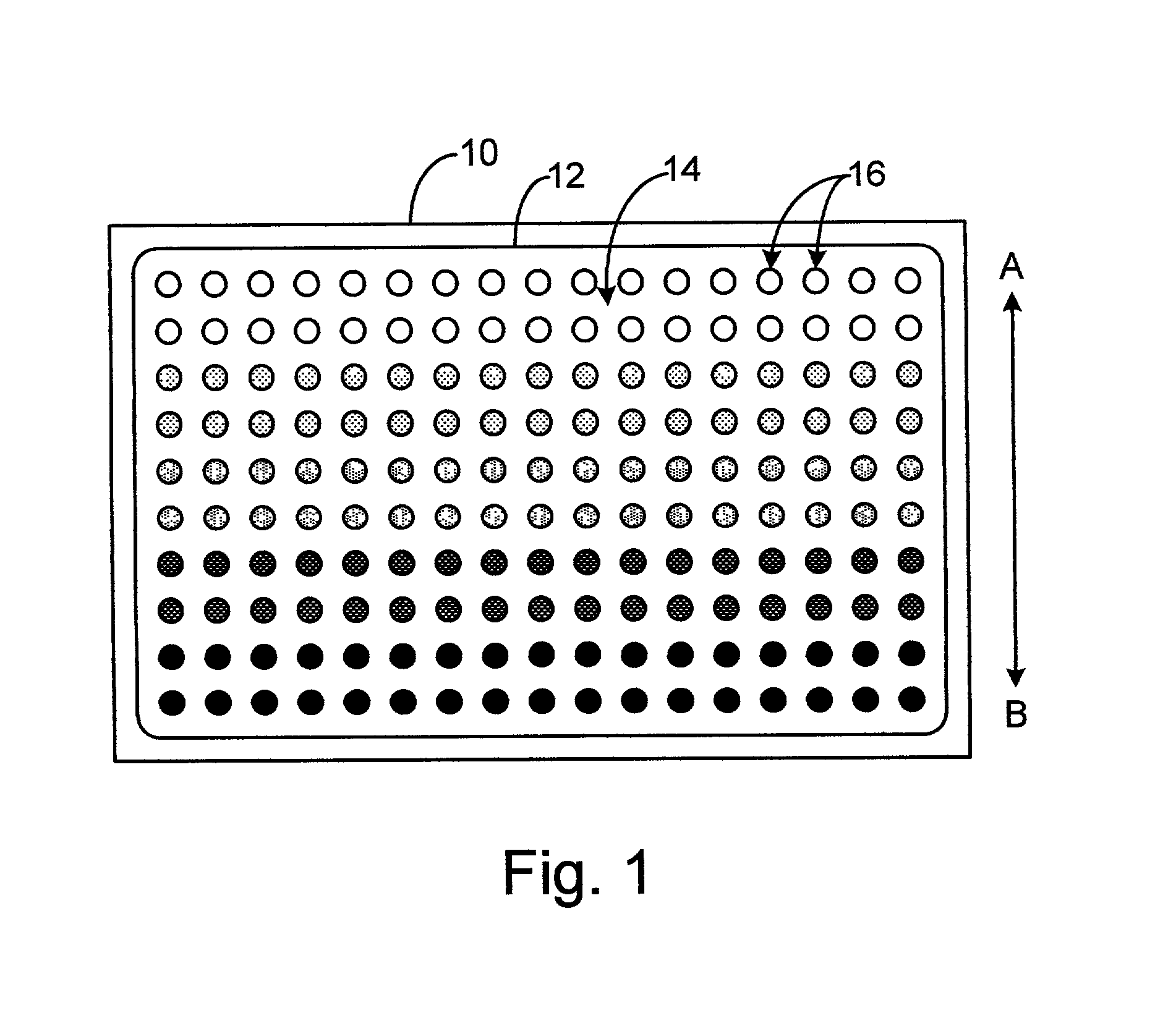System and method for fast gradient pixel clears in graphics rendering
a gradient and graphics technology, applied in static indicating devices, memory adressing/allocation/relocation, instruments, etc., can solve the problems of time-consuming and significant overhead in rendering, inconvenient use of existing fast-clear algorithms, and still needing refreshing, so as to achieve fast fill operation and minimize additional overhead
- Summary
- Abstract
- Description
- Claims
- Application Information
AI Technical Summary
Benefits of technology
Problems solved by technology
Method used
Image
Examples
Embodiment Construction
[0020]With reference to the figures in which like numerals represent like elements throughout, FIG. 1 is a perspective view of a computer monitor 10, which is an exemplary graphics display to utilize the present invention. The monitor 10 includes a display screen 12 comprised of a plurality of pixels 16, and the display 12 has an illuminated color gradient 14 from top-to-bottom as shown from the lighter pixels at top of display A to the darker pixels at bottom of screen B. The pixels 16 can include a gradient 14 that varies in color, intensity of the pixel output, depth, hue, flicker, or any visual alteration across the display 12.
[0021]FIG. 2 is a simplified block diagram for a computer graphics system that includes a bus interface 30, the graphics primitives operations 32 and primitive rasterization 34 as is known in the art. The primitive rasterization 34 computes the clear values for accesses by an application. The computations are done in parallel with calculating the memory ad...
PUM
 Login to View More
Login to View More Abstract
Description
Claims
Application Information
 Login to View More
Login to View More - R&D
- Intellectual Property
- Life Sciences
- Materials
- Tech Scout
- Unparalleled Data Quality
- Higher Quality Content
- 60% Fewer Hallucinations
Browse by: Latest US Patents, China's latest patents, Technical Efficacy Thesaurus, Application Domain, Technology Topic, Popular Technical Reports.
© 2025 PatSnap. All rights reserved.Legal|Privacy policy|Modern Slavery Act Transparency Statement|Sitemap|About US| Contact US: help@patsnap.com



